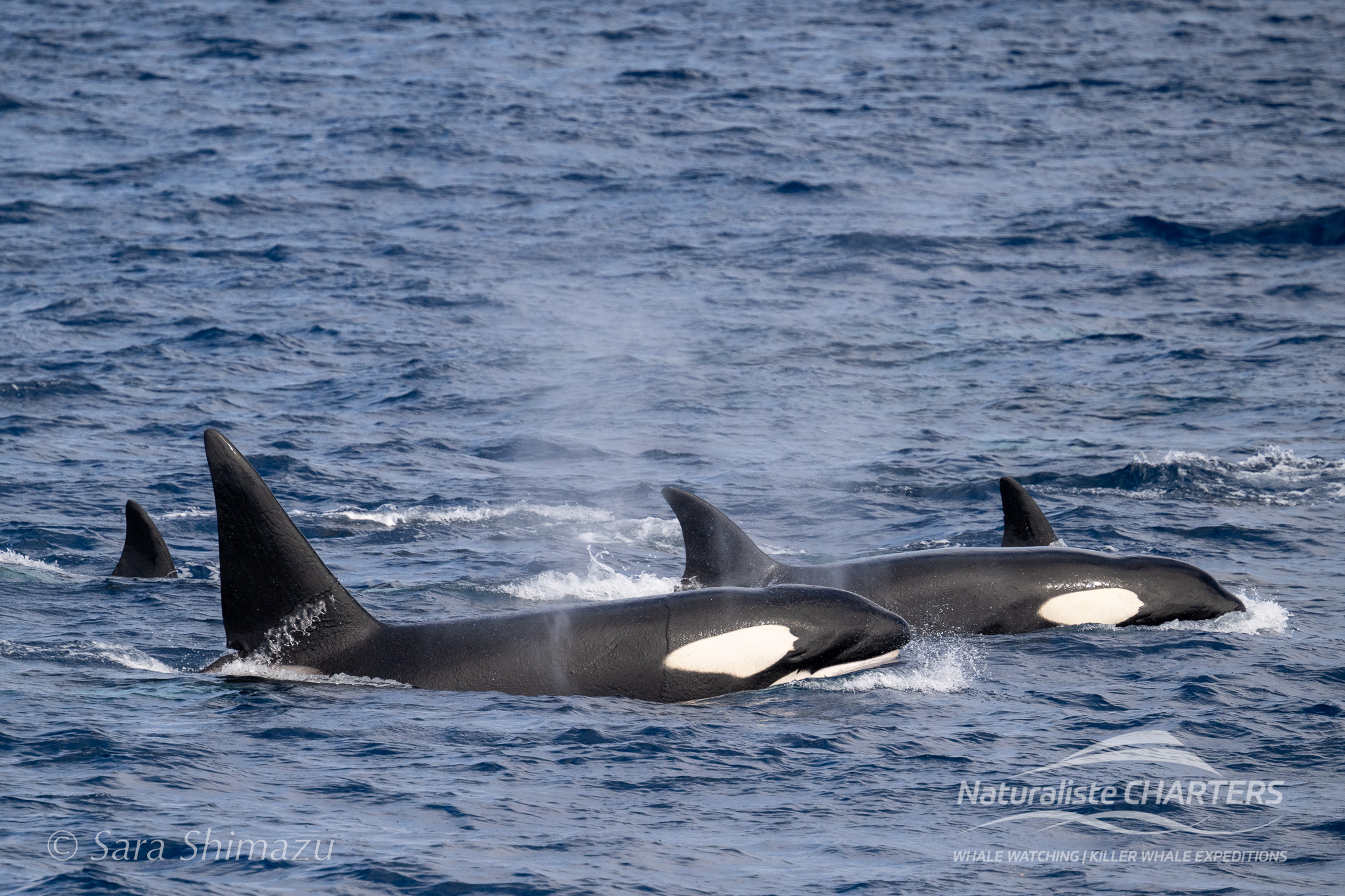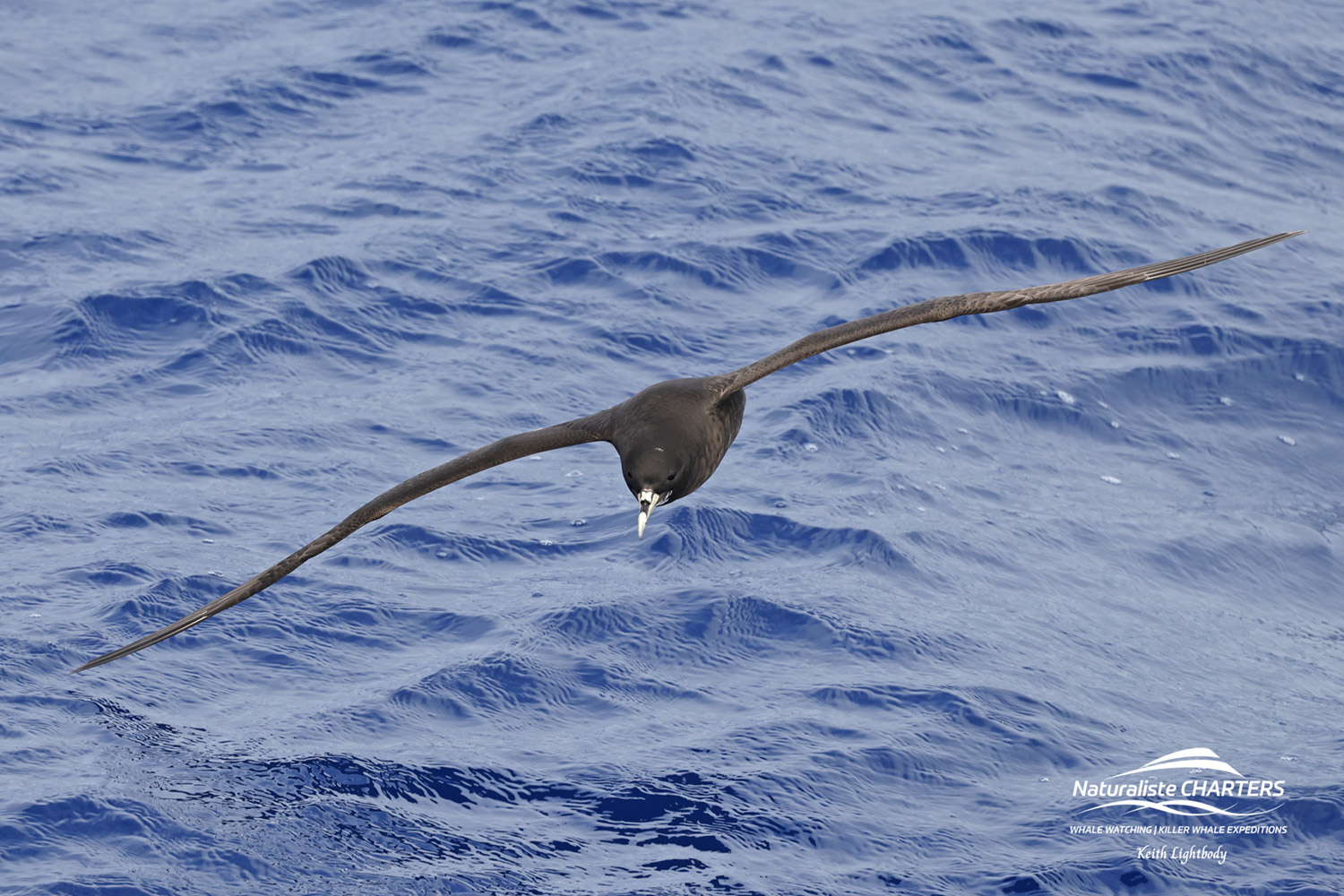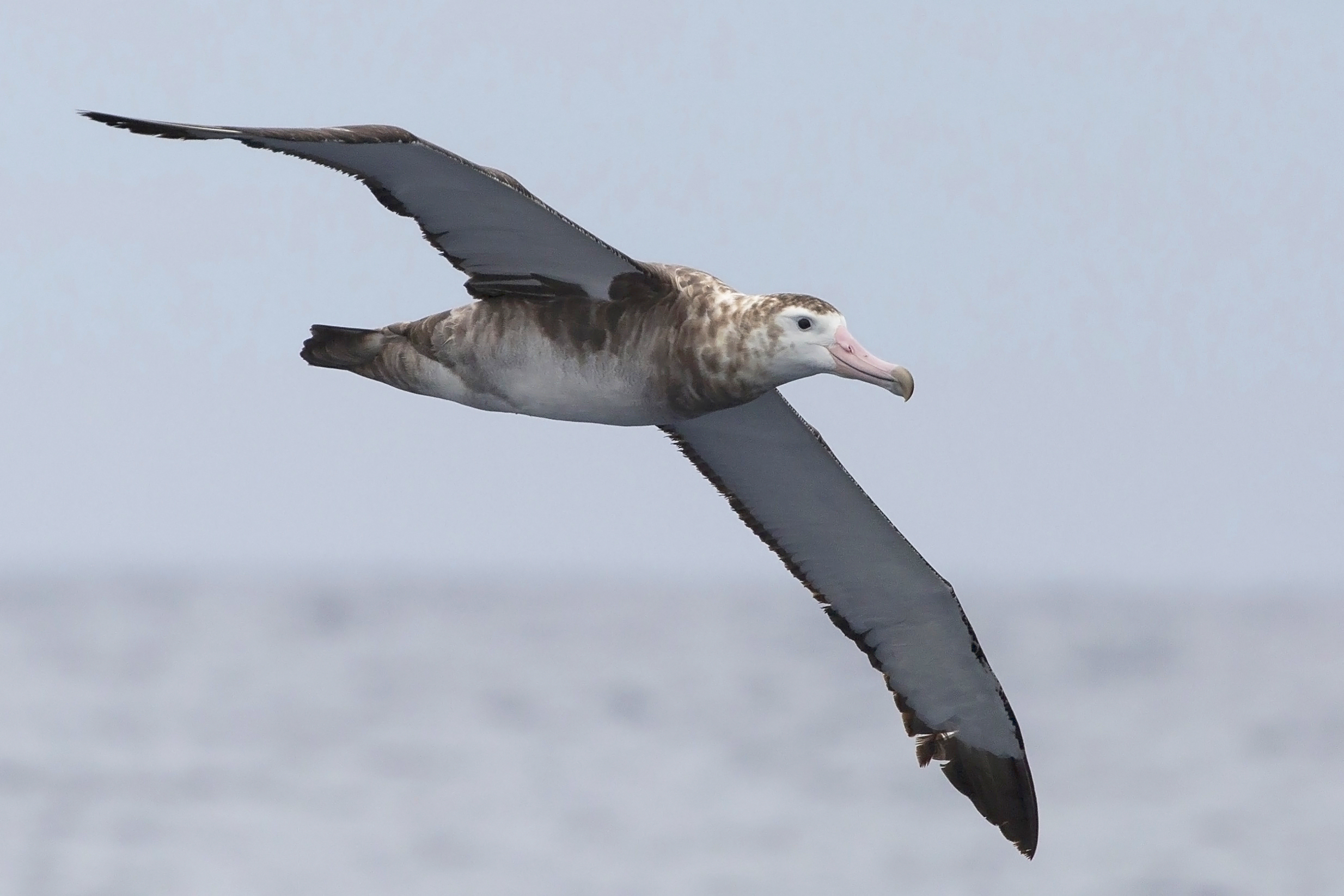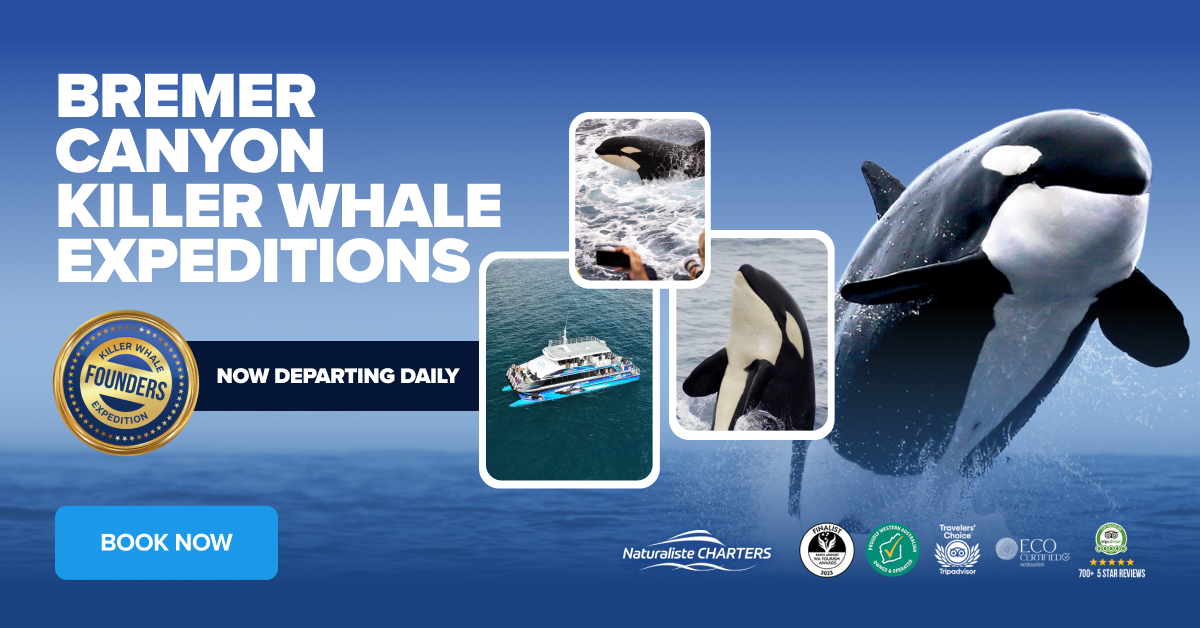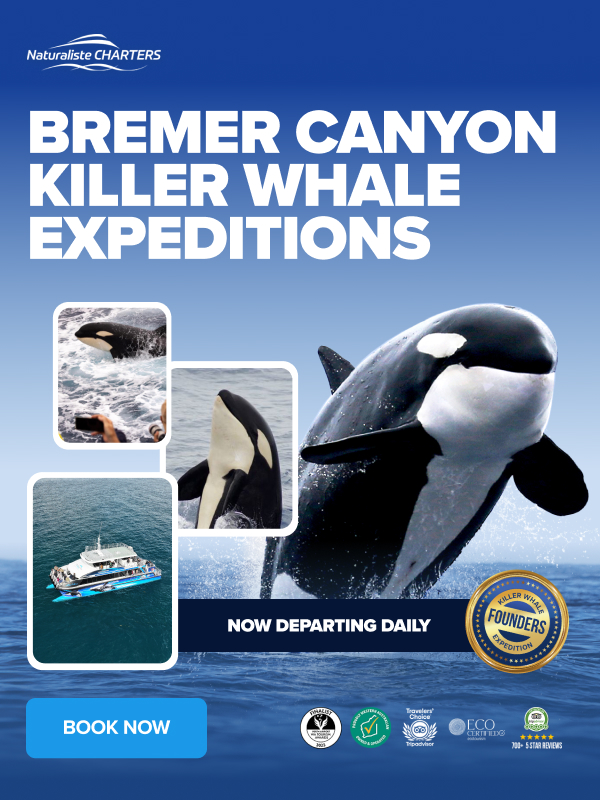The evolution of whale anatomy
Whales have inhabited the seas for approximately 34 million years. However, their ancestors once lived on land. These ancestors were four-legged mammals. They foraged in streams and hunted small prey in shallow waters. One early ancestor was Pakicetus. It lived in what is now modern-day Pakistan. Over millions of years, Pakicetus evolved. Its descendants became more adapted to life in the water.These changes led to the whale anatomy we see today. Their bodies evolved specifically for survival in marine environments.
Modern whales have stiff flippers instead of legs. These help them steer and balance while swimming. They have two rubbery flukes at their tail. These provide powerful propulsion through the water. Whales developed blowholes on top of their head. This adaptation allows easy breathing at the ocean surface. Their large bodies are fully supported by the ocean’s buoyancy. They do not need weight-bearing limbs like land mammals.
Living in an aquatic environment
Whale anatomy shares homologous structures with other mammals, despite their bones being highly modified for life in the ocean. The forelimbs of a whale have evolved into pectoral flippers. These contain similar bones to human arms and hands. Whales have an immobile elbow joint. This joint allows whales to steer effectively through the water with stability.
The hind limbs in whales are extremely reduced. These bones are usually vestigial or sometimes completely absent in certain species. Instead of hind limbs, whales have powerful tail flukes. These flukes contain no bones, only dense fibrous tissue. This tissue helps propel whales through the water with great power using strong up-and-down tail movements.
Flippers and fins serve different functions in whale anatomy. The dorsal fin primarily helps with balance and stability when swimming. Another important homologous structure is the whale’s inner ear bone. It is nearly identical to that of land mammals. However, in whales, these ear bones are fused together. This adaptation improves underwater hearing and sound reception in deep water.

The benefits of being big!
Whales’ anatomy allows them to inhabit some of the coldest environments on Earth including both the north and south polar regions. This is essentially due to most whales’ large volume to low surface area ratio as well as the blanket of blubber that encases their core organs, retaining the metabolic heat that is generated inside them. Blubber is much thicker than the usual fat found in other mammals and is less dense than seawater, increasing whales’ buoyancy and providing rich nutrient stores for the winter migrations that many whales partake in annually. Despite their large body size their shape is streamlined to make sure there is minimal drag, ensuring efficiency of movement through the water.
Whales are known to be intelligent creatures, which can be attributed to their large brain size to body ratio which is the only known ratio larger than humans. Sperm whales have the largest brain size on the planet, weighing up to 9 kg! This part of the whale anatomy results in whales being self-aware, having problem solving abilities and extremely complex social dynamics and behaviours. Whales also have extremely large, four chambered hearts which allows effective blood exchange to vital organs. The heart of a Blue whale weighs the same size as a piano with arteries that a human could crawl through!
Adaptations for diving: why do whales not get the Bends?
Whale Anatomy and Cold Environment Adaptations
Whales’ anatomy allows them to survive in some of the coldest environments on Earth, including polar regions. Their survival is due to a large volume-to-low surface area ratio. This helps minimise heat loss in icy waters. Most whales also have a thick layer of blubber. This layer insulates and protects their core organs. Blubber retains the metabolic heat produced within their bodies. It helps whales stay warm in freezing conditions.
Blubber is thicker than fat found in other mammals. It is also less dense than seawater. This provides whales with extra buoyancy and nutrient stores. These reserves are vital during long winter migrations. Despite their large size, whales have a streamlined body shape. This reduces drag and improves movement efficiency through water.
Whale Anatomy, Intelligence, and Vital Organs
Whales are known for their intelligence. This is partly due to their large brain-to-body ratio, second only to humans.
Sperm whales have the largest brain of any animal. Their brains can weigh up to 9 kilograms. This part of whale anatomy helps with problem solving, self-awareness, and complex social behaviours. Whales live in dynamic social groups. They often communicate, cooperate, and show signs of emotional intelligence.
Another incredible feature is the whale’s heart. Whales have extremely large, four-chambered hearts. These hearts pump blood effectively to vital organs during deep dives. The Blue Whale has the largest heart in the world. It weighs as much as a piano. Its arteries are so large a human could crawl through them!
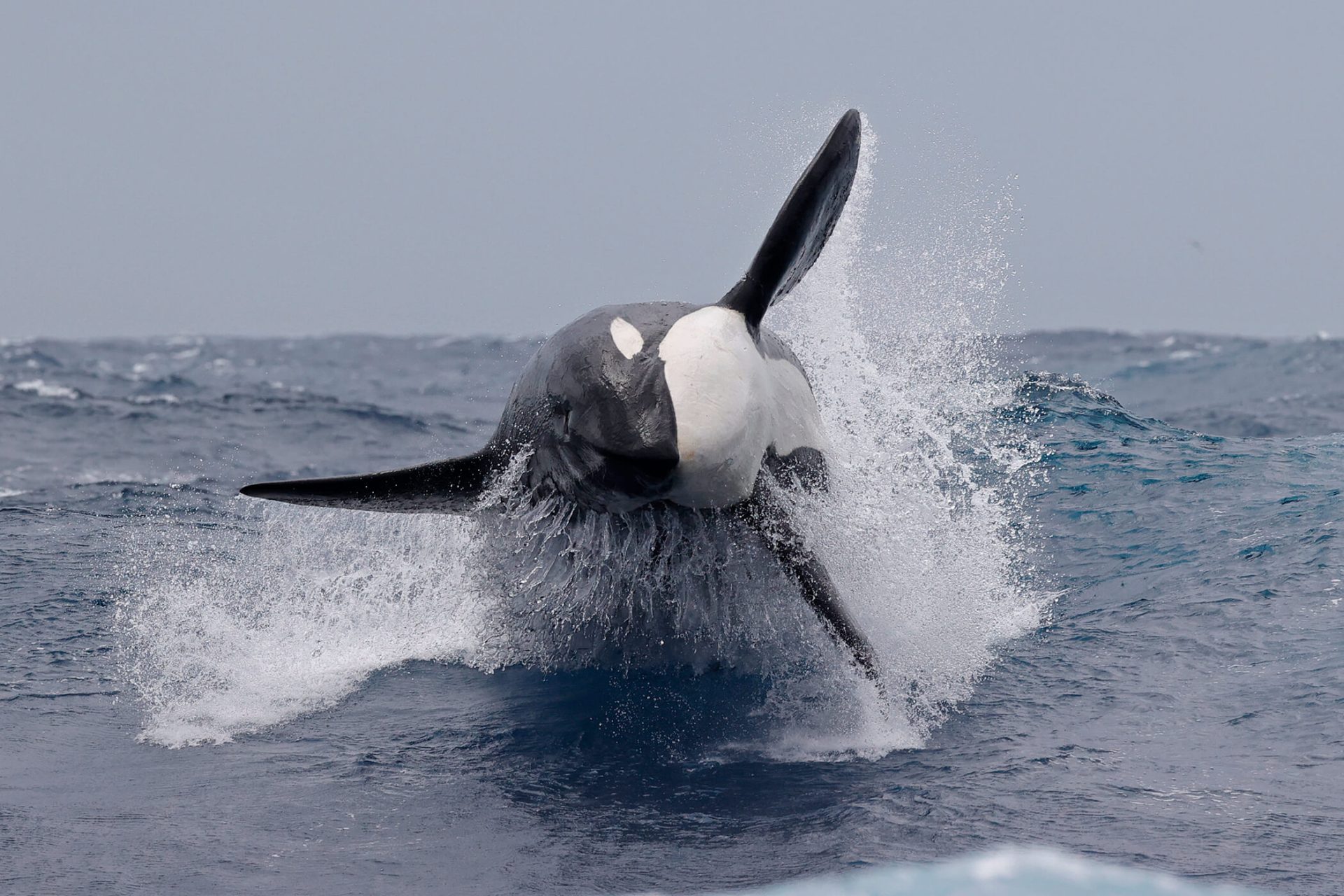
Giant entrances: can a whale swallow a human?
Baleen Whales vs Toothed Whales
Whales belong to two main sub-orders: Mysticete and Odontocete. Mysticetes possess baleen plates and have two blow holes. In contrast, Odontocetes have teeth and only one blow hole. This is a key difference between these two whale groups. Baleen plates are made from keratin, the same protein found in human hair and fingernails. Whales use baleen plates to filter food from seawater. The plates act like bristly sieves inside their mouths. They collect tiny organisms such as krill. The whale then uses its tongue to push out excess seawater. Baleen whales, such as humpbacks, have a surprisingly small throat. It is roughly the size of a human fist. Although their mouths are enormous, baleen whales cannot swallow large objects. It is scientifically impossible due to their anatomy.
Whale Blow Holes and Breathing Adaptations
Whales breathe through blow holes. These are essentially their nostrils, located on top of their head. Unlike land mammals, whales cannot breathe through their mouths. Their mouth and lungs are not connected. This separation prevents whales from inhaling seawater when feeding. It helps reduce the risk of drowning. Blow holes are positioned to face backwards. This position helps keep water out while the whale swims. It also allows efficient gas exchange when whales surface for air. Blow holes work effectively even in rough conditions. Whales have active control over their breathing. They can close special nasal plugs when diving underwater. These nasal plugs block the passage to the blow hole. This prevents water entering the lungs while submerged. Whales do not breathe automatically like humans. They must consciously surface and exhale before taking another breath.
Join Naturaliste Charters on one of our many tours
Western Australia is one of the best places in the world to witness the incredible outcomes of whale anatomy in action. Naturaliste Charters operate whale watching tours daily, giving passengers unforgettable encounters with these powerful ocean giants.
From December to April, our Bremer Bay killer whale expeditions offer the chance to see orcas in Australia. These apex predators often hunt the Cuvier’s Beaked Whale, the whale with the longest breath-hold in the world.
From May to August, tours depart daily from Augusta. Passengers can observe Humpback Whales, Blue Whales, and Southern Right Whales as they migrate north.
From mid August through to late November, whale watching tours run from Dunsborough. Here, guests can see these species returning south after breeding. These whales travel thousands of kilometres from the nutrient-rich waters of Antarctica to the warm breeding grounds near the equator.
Every Naturaliste Charters expedition is led by an expert marine biologist. Our experienced crew ensure a safe, educational, and exciting day on the water.Each tour offers passengers an extremely high chance of observing these incredible giants and seeing whale anatomy at work in the wild.

